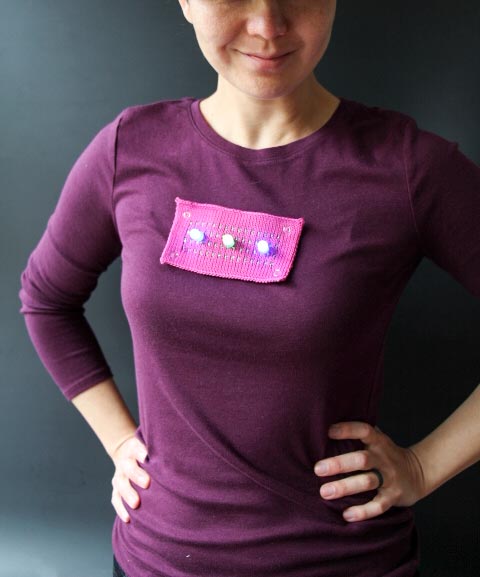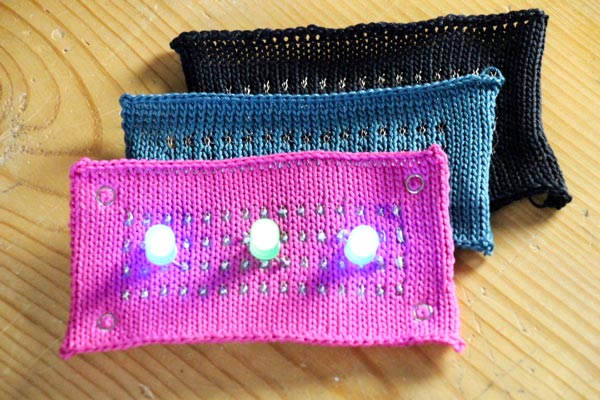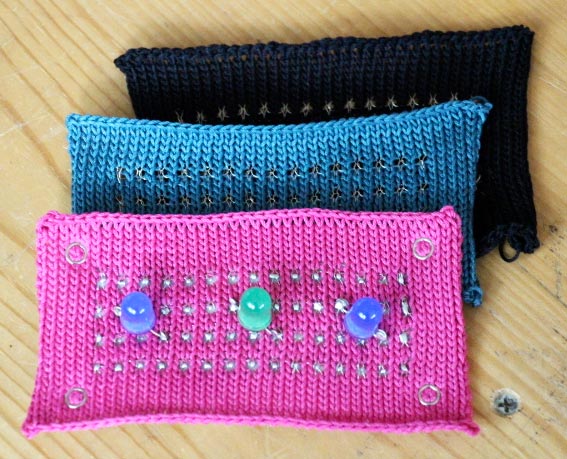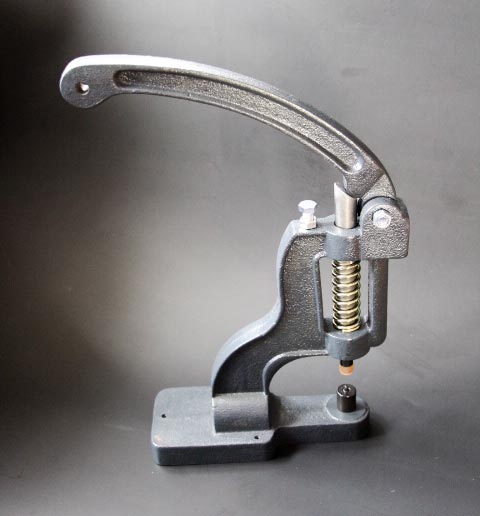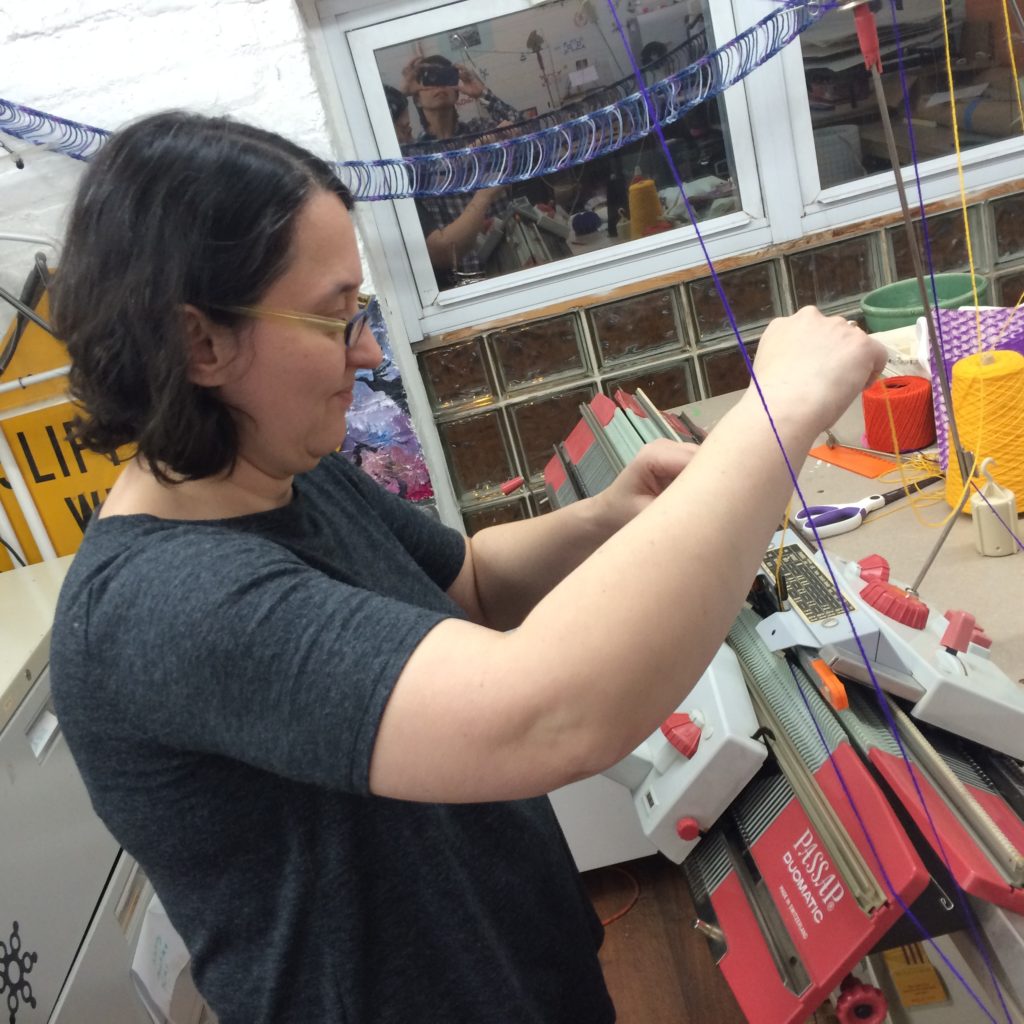Last fall the University of Chicago contacted me about my kinetic sculpture, Mechanical Tide. The piece had entertained visitors in the lobby of the Physics Department since 2008 but they were renovating the building and now it needed to find a new home. So we arranged for them to move the work to Pumping Station: One, where I could give the piece a tune-up and cleaning, before sending it off to its next venue.
The piece arrived in January and I was delighted to find that the movers hired to pack and transport
the work from U of C were quite familiar with it. One told me that he had done a number
of moves for the school in the past, and would wait for appointments in
the lobby where he could watch the piece run and enjoy the free
Tootsie rolls put out for visitors.
Once we had it unpacked,
I got to work: resetting the controls, refinishing the wood, and a bit
of tinkering to improve the ball movement. Much thanks to Joe Mertz, the
creative fabricator behind Amalgam Incorporated, who lent his considerable expertise to the entire enterprise.
The
piece is meant to be viewed from above, a gently tilting table covered
with ball bearings, continuously rolling back and forth. Underneath the sculpture is the automation: a hefty motor rotating an arm that lifts and lowers the table.




A custom built cam affixed to the motor's shaft, "tells" the piece what position the table is in. The cam, which has a notch in it, rotates as the motor raises or lowers the table. When the table is fully lowered, the notch triggers a microswitch. When it is raised, the notch triggers a second microswitch.
When the microswitches are triggered, they each send a message to a bright orange Ametek TMM timer and the timer's "1-shot" mode pauses the motor, for a programmable number of seconds.
A motion detector (disconnected in the photos) turns the piece on when it detects passers-by. This conserves energy when no one is present. The length of time it remains on is selected by a switch on top.
]]>































